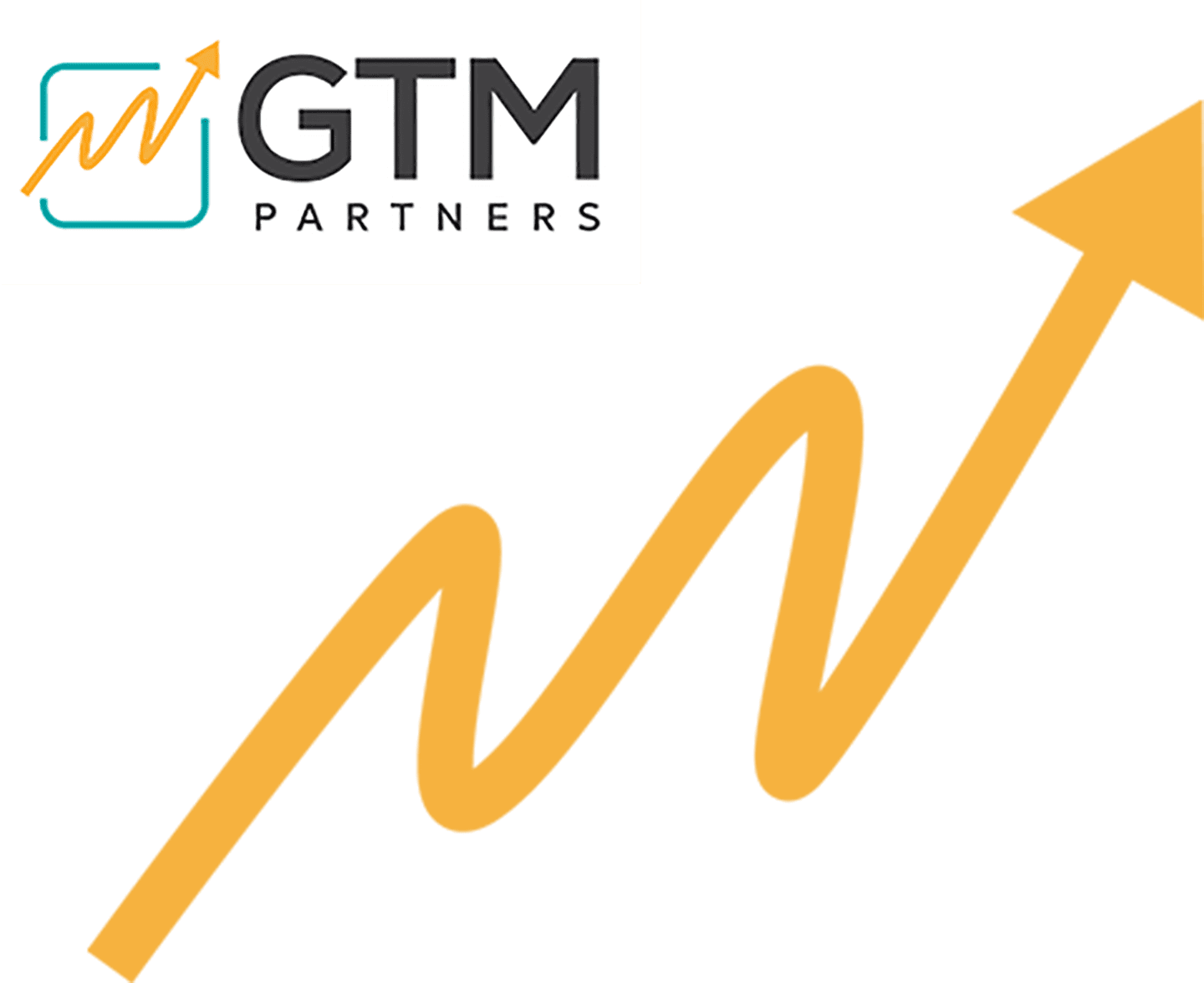Driving Growth With Data: Essential Key Metrics For RevOps Reporting
Unlock growth with Data-Driven RevOps Reporting. Explore essential metrics for optimized performance and strategic insights.
Table of Contents


Data-Driven Reporting: Key Revops Metrics to Monitor
Modern revenue generation goes beyond simple sales and requires a comprehensive approach involving departments like marketing, sales, and customer success. RevOps, a strategic methodology, focuses on optimizing customer experience, strengthening collaboration among teams, and enhancing end-to-end GTM operations for maximum returns. It recognizes that revenue generation is a collective effort, emphasizing the need to understand customers, implement effective marketing strategies, streamline sales processes, and build strong customer relationships. By adopting this approach, companies can improve operational efficiency and sustainably increase their revenue. For organizations looking to implement RevOps, understanding and tracking the right metrics or Key Performance Indicators (KPIs) is crucial for evaluating and enhancing their revenue generation efforts.
The goal of Revenue Operations (RevOps) is to transform inconsistent revenue streams into a stable and predictable flow of revenue. And there’s compelling evidence to suggest it delivers on this promise. According to a study by BCG, leading B2B tech firms that have adopted a RevOps model have reported substantial gains, such as:
- Increases in digital marketing ROI between 100% and 200%
- A 30% decrease in go-to-market expenses
- A 10% uptick in lead acceptance rates
- Internal customer satisfaction improved by 15% to 20%
- Boosts in sales productivity by 10% to 20%
The success of RevOps lies in its ability to bring cohesion to revenue-generating units within an organization. However, these benefits don’t materialize spontaneously. For optimal results in your RevOps initiative, it’s essential to monitor the right metrics in revenue operations and respond to mitigating factors in an agile manner.
Why is Measuring Revenue Operations Metrics important ?
Here’s why most RevOps teams consider metric tracking to be indispensable:
- Full-spectrum visibility into RevOps metrics empowers companies to make educated, data-backed choices that amplify earnings.
- Monitoring revenue operations metrics reveals friction points and inefficiencies across marketing, sales and customer success, enabling an organization to fine-tune its workflows for greater efficiency.
- Sharing a common set of end-to-end RevOps metrics fosters alignment among the sales, marketing, and customer success divisions, streamlining their collaborative effort to enhance revenue.
- Financial metrics such as Customer Acquisition Cost (CAC) with Customer Lifetime Value (CLV) allow firms to allocate their resources and budget more intelligently, thereby cutting wasteful spending.
- Other metrics such as churn rate, Customer Satisfaction (CSAT), and Net Promoter Score (NPS) offer insights into customer contentment, allowing for the development of strategies to boost retention and customer loyalty.
- Analyzing the revenue growth rate gives operations analysts a clear snapshot of the organization’s trajectory—whether it is in growth, stasis, or decline—thereby enabling the adjustment of GTM approaches accordingly.
In essence, having a grasp on these RevOps key performance indicators provides a comprehensive overview of your business’s financial performance, thereby enabling more effective strategy planning.
Top Revenue Operations Metrics every team should monitor
Annual Recurring Revenue (ARR)
The Annual Recurring Revenue (ARR) is certainly the single most important metric that everyone already monitors but we’ll mention it here for the sake of completeness. ARR represents the total financial status and growth potential of a business over a 12-month period, calculated by adding the income generated from subscription-based products or services annually. Monitoring ARR over time helps you spot revenue trends, enabling strategic decision-making to optimize revenue growth. A rising ARR signifies successful customer retention essential for sustaining long-term revenue growth.
Win Rate
The win rate metric is a measure used in sales to determine the percentage of successful opportunities or deals closed compared to the total number of opportunities or deals pursued. It helps businesses evaluate the effectiveness of their sales strategies and the performance of their sales teams. A high win rate suggests efficient sales practices and strong performance, while a low win rate may indicate areas for improvement or inefficiencies in the sales process.
Close Rate
Because win rate doesn’t account for opportunities that slip to later periods, something that has impacted a lot of businesses during the recent market crash, it is not a good predictor of ARR forecasts misses. Another related metric that is a better forecast gauge is close rate. By definition, close rate = $ Closed Won / $ pipeline created at start of period. This predictive insight is the reason that many companies now also include close rate on their RevOps dashboard.
Net Dollar Retention (NDR)
Net Dollar Retention (NDR) assesses the variation in revenue earned from a customer upon signing compared to the present period. It provides insights into customer account changes, including potential attrition due to downgrades or pricing negotiations. Additionally, by evaluating renewals and upgrades, NDR evaluates the efficacy of the RevOps team in maximizing customer value. Proactively assessing stagnant client accounts may prompt a domain check and technical audit, showcasing the value you can deliver.
Customer Churn Rate (CCR)
Churn Rate refers to the percentage of customers who discontinue their subscriptions or cease using a company’s products or services within a specific timeframe. A high churn rate can significantly impact revenue and growth prospects. Analyzing the customer churn rate allows businesses to identify the underlying reasons for customer attrition, enabling them to take necessary measures for improvement. Proactively addressing the factors contributing to churn ensures customer satisfaction and a superior customer experience, ultimately leading to enhanced customer retention. Lowering the churn rate indicates improved customer loyalty and fosters long-term revenue stability.
Customer Lifetime Value (CLV)
The customer lifetime value metric enables you to enhance the worth of each customer connection rather than solely focusing on acquiring new customers, which can be more challenging. Assessing the typical customer value highlights potential revenue opportunities through upselling or motivating customers to upgrade or renew their subscriptions.
Cost Per Acquisition (CPA)
Customer Acquisition Cost (CAC) refers to the average expense incurred to secure a new customer. It encompasses various cost components, such as marketing, SDR and sales budgeted activities, and relevant staff salaries. By analyzing CAC, businesses can determine the effectiveness of their acquisition strategies and whether the expenses incurred in acquiring new customers are justified by the revenue generated. Comparing the Customer Acquisition Cost (CAC) with the associated revenue helps in assessing the profitability of various acquisition channels and campaigns, prompting the optimization of marketing and sales processes when necessary. To ensure sustained profitability, businesses must strive to reduce Cost Per Acquisition to enhance their return on investment.
Payback Period
This metric offers insights into the duration required to offset the customer acquisition costs and achieve profitability. Payback period is defined as the number of months/years required to recover the original cash investment. In other words, it is the period of time at the end of which the acquired customer has produced sufficient net revenue for the company to recover its investment costs in acquiring that customer. Shorter paybacks mean more attractive customer investments, while longer payback periods are less desirable.
Pipeline Velocity
Gartner defines “Pipeline velocity” as the “speed by which qualified leads move through a sales pipeline”. Just as velocity in the physical sciences tells you the distance an object has moved in time, pipeline velocity tells you the amount of revenue you stand to make daily given your average deal size, your win rate, and the average duration of your sales cycle.
Pipeline Velocity = (# of SQLs x Average Contract Value x Win Rate ) ÷ Sales Cycle Duration
Monitoring pipeline velocity allows you to pinpoint bottlenecks and inefficiencies, providing an opportunity to refine your sales strategies.
Biglittle helps Elevate Revenue Strategies with Cutting-Edge RevOps Insights
At BigLittle, we are helping define and build this future of RevOps. We are the Revenue Optimization layer for RevOps teams. Our product Biglittle RevenUp allows users to monitor a comprehensive range of RevOps metrics predicting revenue underperformance, with configurable end-to-end tracking and multivariate drill-down capabilities. It provides a framework for fostering ongoing RevOps enhancement and ensures operational alignment with preferred RevOps processes, while tracking progress towards KPI milestones and sustainable transformation.
Get in touch with us today!



